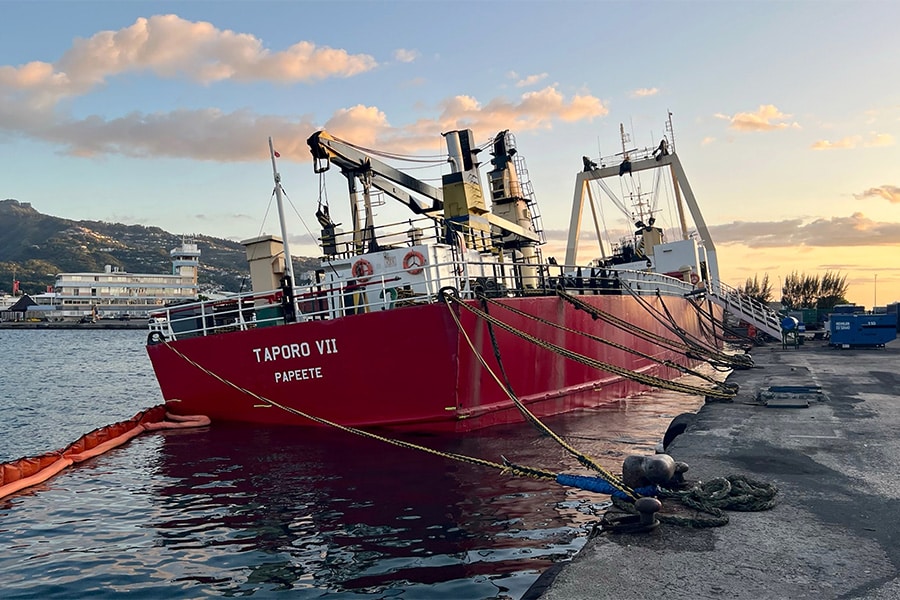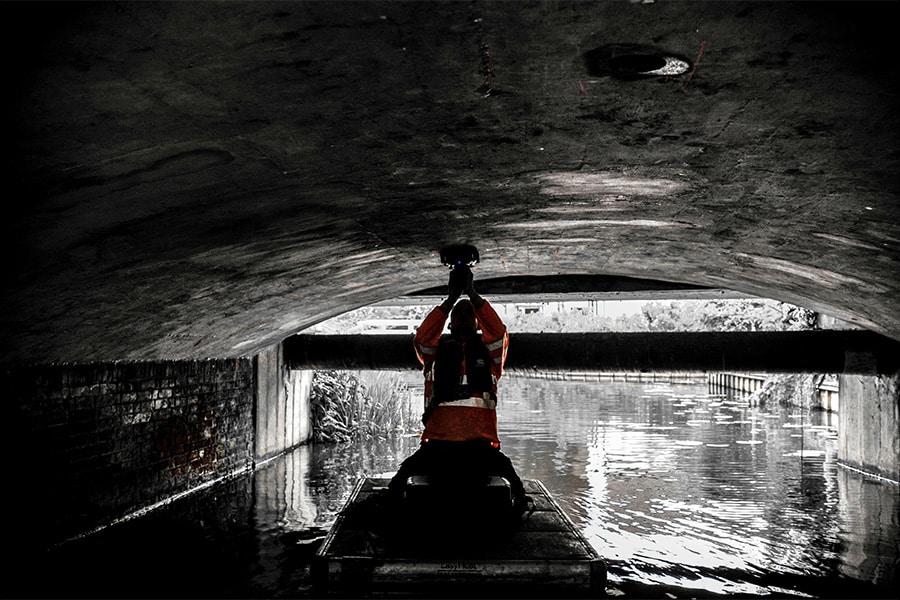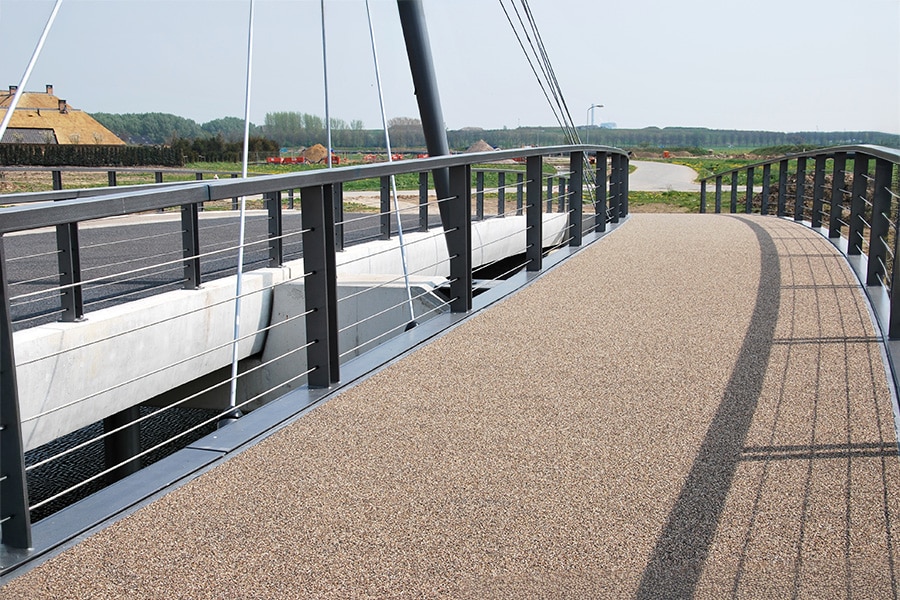
The many possibilities of non-destructive testing
Through non-destructive testing, the Road Scanners give road managers a complete insight into the condition of their acreage. The goal is to visualize the condition of the acreage and early problem locations so that budgets for road maintenance can be used more efficiently. Road information can and must improve. The unique methodology of the Road Scanners lends itself to many more applications, completely unraveling roads or structures.
Armed with a gamma spectrometer and a ground penetrating radar, the Road Scanners search for abnormalities in the asphalt construction and the foundation package. "With this information supplemented with other (regular) investigations and domain knowledge, a complete picture of the structure and condition of the acreage emerges," begins Wilco Bouwmeester of the Road Scanners. But it doesn't stop there. "Our aim is to get more and more information about the existing road pavement and subsurface above 'water'. We are therefore constantly innovating. Because there are still so many (undiscovered) possibilities to the non-destructive techniques."
Innovation Consultation
Once every six weeks, the Road Scanners have an internal innovation meeting with employees about how to develop new applications based on existing techniques. "In addition, we seize opportunities and questions from the market to further develop techniques," Bouwmeester says enthusiastically. "We don't do that on our own. Of course, we are good at geophysics and have a lot of experience in it. But we also work together acontractors, with road authorities and with education - from MBO, HBO to the Universities of Delft and Enschede. A good example of such a joint development is stone impact recognition in the ZOAB package. One stone has a better quality than another. In the context of circular asphalt reuse, it is important to be able to recognize that quality, so that high-grade material can be reused in the new asphalt, while the low-grade material 'disappears' in the sub-layers."

Recognizing damages
To stay with ZOAB for a moment, the Roadscanners have also developed a technique to map whether or not the top layer is silting up. Bouwmeester: "In this way, early action can again be taken to limit consequential damage. We are also able to recognize damage on top layers, without inspecting visually, but on the basis of the signal from our sensors. A technique that, although in its infancy, has already proven itself in several practical tests. Furthermore, we have developed a method to monitor the performance of a water-storing foundation package. And finally, we are involved in Asphalt-Impuls, an industry-wide program to boost the asphalt sector. We have a seat on the quality assurance committee to, among other things, further develop the use of non-destructive techniques." The Road Scanners already provide road operators with complete insight, but continue to innovate constantly to fully unravel roads or structures.



